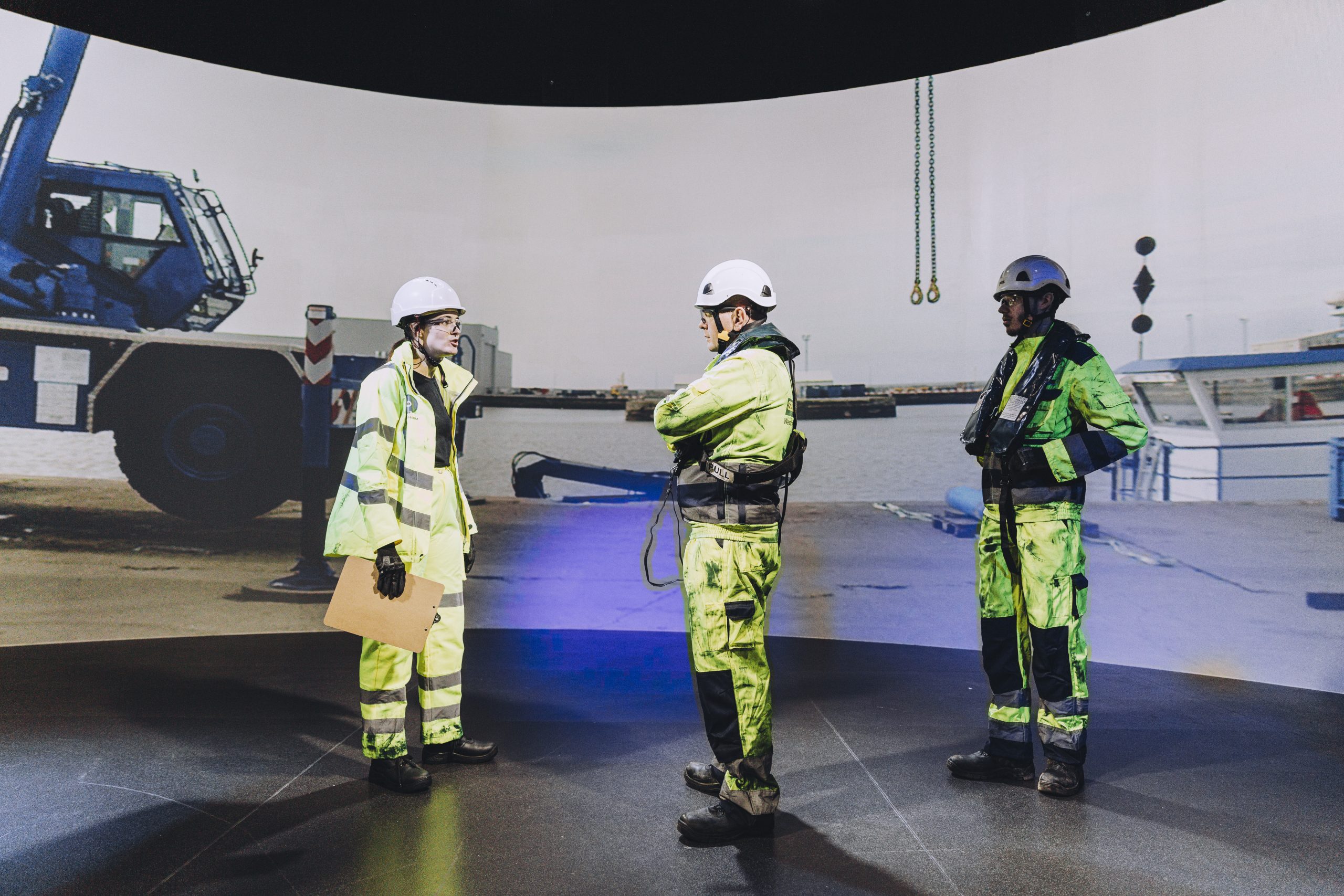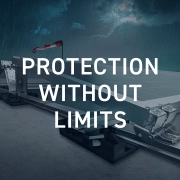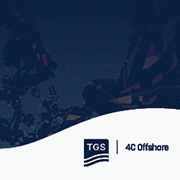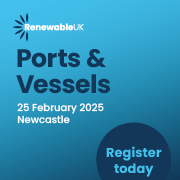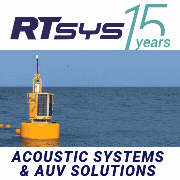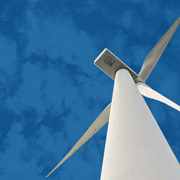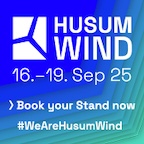How do you build the world’s largest offshore wind farm 89 km off the Yorkshire coast, install 165 wind turbines, and keep your workforce safe from injury or worse? According to Patrick Harnett, the newly appointed Chief Operating Officer at Ørsted, who was the Senior Programme Director for Hornsea 2 Offshore Windfarm during its construction, it takes ‘visionary leadership, perseverance, and incredible teamwork’.
How safe are we?
The rapid growth of the offshore wind industry, the development and implementation of new technologies and ongoing skills shortages are all factors which can lead to compromises on safety. The boom in oil and gas in the 1980s and 90s was a similar perfect storm occasioned by several major incidents and loss of life, notably the Piper Alpha disaster which killed 167 workers off the coast of Aberdeen.
Working in the offshore wind industry is similarly physically and psychologically demanding with unique challenges and new technologies which could present unforeseen emergent risks.
The latest report by G+, the global health and safety organisation for the offshore wind industry, found the worked hours are increasing at such a rate that it cements the need for safety to be at the forefront. The time will only increase with the number of projects in the pipeline.
Lost time incident rates (LTI) are not just a metric of safety performance, but a reflection of an organisation’s safety culture and practices and ultimately how well it takes care of its workforce. High incident rates have a bearing on cost and budget of course, but the reputational damage could lead to the loss of skilled workers, issues with shareholders and impact potential repeat business.
For an expanding industry operating in a high-risk environment, safety needs to sit at the heart of business planning and investment decisions to avoid the human cost, economic and reputational damage of a major incident.

